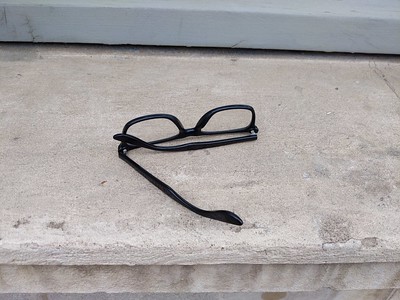I'm writing this having just published my third book of photographs from the streets of Ealing over the last eighteen months. I'm anticipating - hoping? - it will be the last, having reached the end of the official restrictions, in England at least, back in July. However I think there's little belief that this is the end of the impact on the mental and physical health of a large part of the population and will be felt by generations to come.
My motivation for documenting the symbols of these times as they unfolded was to find a way for me to comprehend the changes in our ways of living, working, even being. In a world where so much influence is attributed to social media, I've been struck by the intimacy of handwritten notes and signs. Shops have become time machines, fast-forwarding us into the future. Hairdressers going out of business, re-opening as COVID testing centres. Want to buy some shoes? How about an electric bike instead? Simultaneously we've been pulled back in time. Posters for cinema and theatre openings replaced by public information instructions. Take a Jab for Britain. Countered by Cold War cartoons on lamp posts, representing the resistance. The mask has become a touchpaper of division we'll live with for a long time.
It's been positive to turn these sideways observations into something of tangible benefit for people directly impacted by the pandemic, through making a contribution to Ealing Foodbank from the book sales. It's now set me on a path of working with other members of Ealing LIP to find ways to use photography to enable local community groups to express their own feelings about their experiences..
I've also been taken by my pivot from a lifetime of pursuing a passion for black and white photography on film of people on the streets of London's West End and other cities around the world, to a daily routine of using my mobile phone to record what I literally stumbled across on my morning runs around my local neighbourhood. So where does that leave me now, when I have the freedom to return to those streets? It's important to recognise the ideas and movements that have come to the fore in these febrile times. Rights of representation and the power of privilege are now impossible to ignore in everyday life and certainly in the practice of street photography. It's made me re-think carefully about my own ways of working.
On that note the range and brilliance of creative response to these time has been inspirational. I confess to having found it hard to resist buying books and zines, often for good causes, as well as attending fascinating virtual exhibitions and talks about peoples' ways of dealing with lockdown and loss. I'm proud to have been part of Ealing LIP's own contribution through the Ealing Unlocked exhibition. Platforms have been taken by marginalised voices and opportunities seized to innovate and share ideas with new audiences. I hope to see that the channels of production - as well as the work - will not be forgotten too.
The pandemic has been a portent of the pace and impact of disruption that will become more common as we face the realities of social and climate disruption. Photography's response will inevitably draw upon its history of documenting, but I feel its tradition of activism will become more vital and those shifts in the balances of power can be amongst the positive changes we can take through the other side of lockdown.









